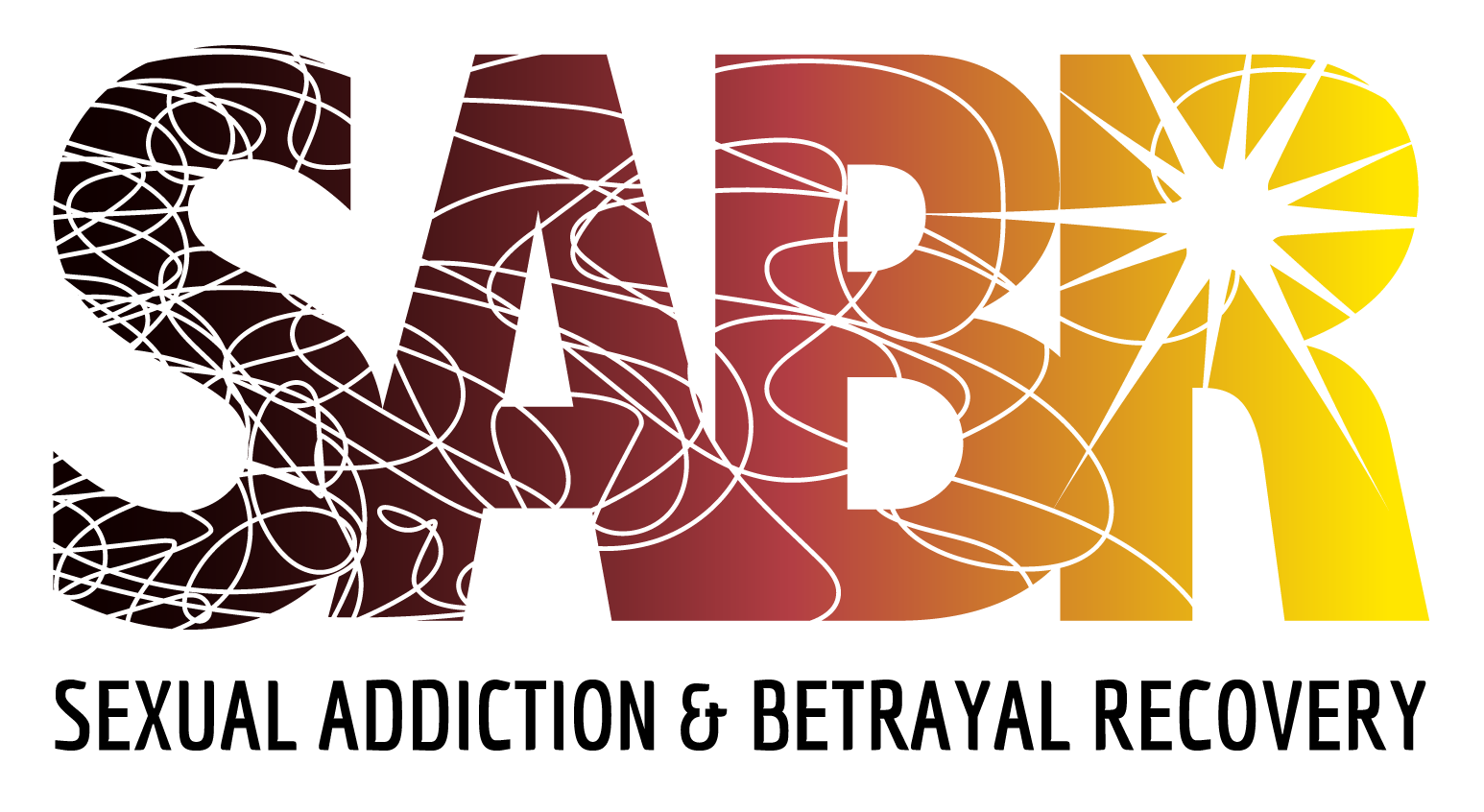
The World Health Organization offers the International Classification of Diseases (ICD-11) as a global framework for diagnosing and coding health conditions. Within this classification, compulsive sexual behavior disorder (CSBD) is recognized as a subtype of impulse control disorder. It manifests as a persistent struggle to manage sexual impulses, leading to repetitive sexual actions lasting at least 6 months.
From a layman perspective, CSBD could be considered equivalent to sexual addiction (SA). When sexual behavior is utilized to achieve a “high” and increasingly becomes “unmanageable,” we start to suspect potential addiction. There are various ways of assessing this problem and addressing the impact on relationships.
Common symptoms of both CSBD and SA encompass an obsessive focus on and excessive engagement in sexual activities such as pornography, masturbation, multiple or risky sexual partners, prostitution, voyeurism, exhibitionism, sex clubs, serial infidelity, cybersex, sexting, etc. to the detriment of personal well-being, interests, and obligations. Despite multiple attempts to curb these behaviors, individuals continue to engage in them, often disregarding harmful consequences to themselves or others. These disorders significantly impairs functioning across various aspects of life, such as work, education, relationships, and self-care.
It's crucial to understand that the distress associated with CSBD and SA isn't solely determined by moral beliefs or judgments regarding sexual impulses or actions. Instead, it reflects a genuine challenge in controlling these impulses, which can have profound effects on individuals' lives.
Compulsive sexual behavior disorder (CSBD) and sexual addiction (SA) share several similarities and can often coexist or overlap. Here are some key points to consider:
- Brain Mechanisms: They involve the brain's reward system. Engaging in sexual activity or consuming substances triggers the release of neurotransmitters such as dopamine, which creates feelings of pleasure and reinforces the behavior. Over time, individuals may develop a tolerance, needing more stimulation to achieve the same level of pleasure, similar to how tolerance builds in substance addiction.
- Loss of Control: Individuals find it difficult to control their urges or impulses. Despite negative consequences such as damage to relationships, work, or personal health, they continue to engage in the behavior. This loss of control is a hallmark of addiction.
- Coping Mechanisms: Can serve as a coping mechanism for dealing with stress, anxiety, depression, or other emotional issues. Individuals may use sexual activity as a way to escape from negative feelings or to seek temporary relief.
- Co-occurring Disorders: Can frequently co-occur with other mental health disorders such as depression, anxiety disorders, or substance use disorders. The presence of these conditions can complicate compulsive behaviors and can make treatment more difficult..
- Cycle of Shame: Can lead to feelings of shame and low self-esteem. Individuals may engage in the behavior as a way to temporarily alleviate these negative emotions, creating a cycle of shame and further compulsive behavior.
- Neuroplasticity and Habit Formation: Over time, repeated engagement in sexual behavior can lead to changes in the brain's structure and function, reinforcing the behavior and making it more difficult to stop. This process, known as neuroplasticity, is a key factor in the development and maintenance of both compulsive behavior and addiction.
- Seeking Validation: Can involve a constant seeking of validation and approval from others. Individuals may engage in sexual activities or substance use to feel desired, accepted, or worthy of love and attention.
- Impaired Relationships: Can injure individuals' ability to form and maintain healthy relationships. Trust issues, boundary violations, and emotional detachment are common in both contexts, leading to further isolation and impairment in the ability to form secure and functional attachments.
- Treatment Approaches: Treatment approaches may include therapy (such as cognitive-behavioral therapy or addiction counseling), support groups, medication (for co-occurring mental health disorders), and lifestyle changes.
When sexual behaviors clash with one's personal beliefs and interfere with desired lifestyles, family obligations, work commitments, and overall well-being, it's advisable to seek professional help. This would involve consulting with a therapist who has specialized training in this area. They can assist individuals in addressing any distressing or dysfunctional patterns in their sexual behavior in a supportive and non-judgmental environment. Overcoming sexually problematic behaviors is possible with dedication, support, and the willingness to make changes.
For more information and help for pornography addiction, visit our website: www.FamilyStrategies.org

 -->
-->